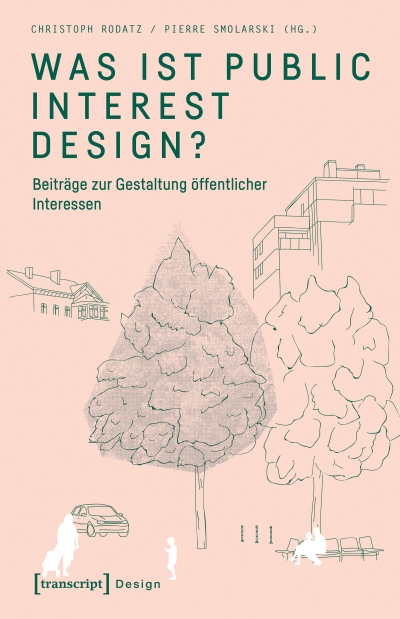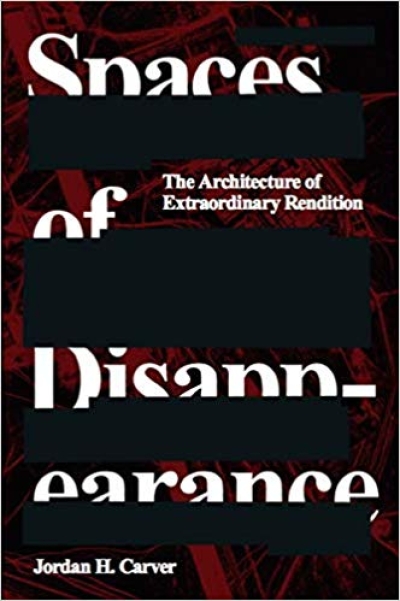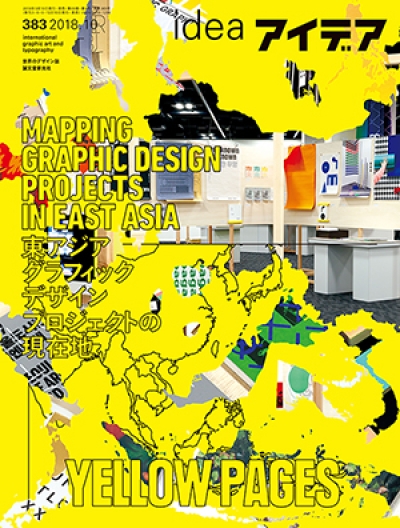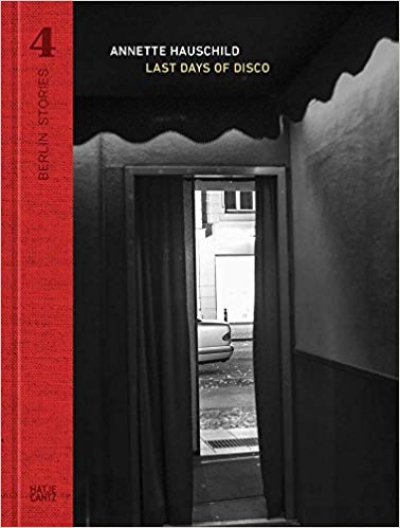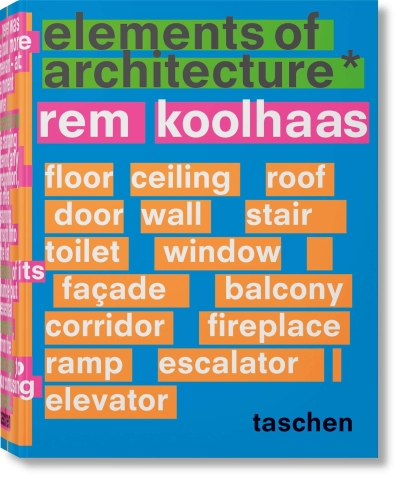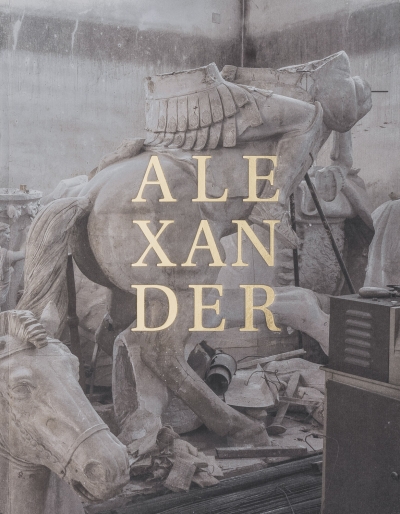
Nach dem Animismus
Mit Beiträgen von: Agentur, Artefakte // anti-humboldt, Cornelius Borck, Anselm Franke Alejandro Haber, Tom Holert, Harry Garuba, Avery Gordon, Maurizio Lazzarato und Angela Melitopoulos, Esther Leslie, Chris Marker, Spyros Papapetros, Elisabeth von Samsonow, Erhard Schüttpelz, Gabriele M. Schwab, Walter Seitter, Michael Taussig, Paulo Tavares, Eduardo Viveiros de Castro, Rane Willerslev
Nach Edward B. Tylor, auf dessen »Primitive Culture« (1871) der Begriff zurückgeht, sind »Animisten« nicht imstande, »richtig« zwischen belebter und unbelebter Materie zu unterscheiden, sie glauben an eine »allgemeine Belebung der Natur«, an die »Beseelung« der Objektwelt. Animisten, das sind für Tylor die Anderen, die Vormodernen und die Primitiven, für Freud und Piaget dann später noch die Neurotiker und die Kinder. Unschwer ist zu erkennen, wie der Animismus (vergleichbar dem Fetischismus und dem Totemismus) zur Kontrastfolie für ein bestimmtes Selbstverständnis der Moderne, ihres Fortschritts, ihrer Rationalität und ihres Materialismus wird, und damit zugleich kolonialistischen Überlegenheitsvorstellungen Legitimität verschaffen konnte.
»Nach dem Animismus« bezieht sich nicht auf ein Revival des Konzeptes, sondern auf seine notwendige Revision. Das zeigen die ethnologischen Beiträge, u.a. ein hier erstmals veröffentlichter Text des in Deutschland noch kaum bekannten brasilianischen Ethnologen Eduardo Viveiros de Castro.
Mit »Animismus« ist jetzt eine »relationale Epistemologie« bzw. »Ontologie« gemeint. Sie provoziert die Differenz von Natur und Kultur, indem sie nicht-menschliche Akteure (Tieren, Pflanzen, Dingen) zulässt. Inwiefern dann auch die Natur, wie in der Verfassung von Ecuador, zum Rechtssubjekt werden muss, diskutiert der Beitrag von Paulo Tavares.
Zugleich geht es um den Animismus nicht nur außerhalb, sondern innerhalb der westlichen Moderne, um das »animistische Imaginäre« (Gabriele Schwab) oder das »animistische Unbewußte«, »das die Moderne zugleich konstituiert und heimsucht« (Harry Garuba). Die Beiträge des Bandes benutzen das Konzept als analytisches Werkzeug einer Rückwendung des ethnographischen Blicks auf die Welt, die den »Animismus« hervorgebracht hat, auf ihre Wissenschaft, ihre Wirtschaftsform, ihre Kunst, ihre Techniken der Animation und ihre Philosophien.


















